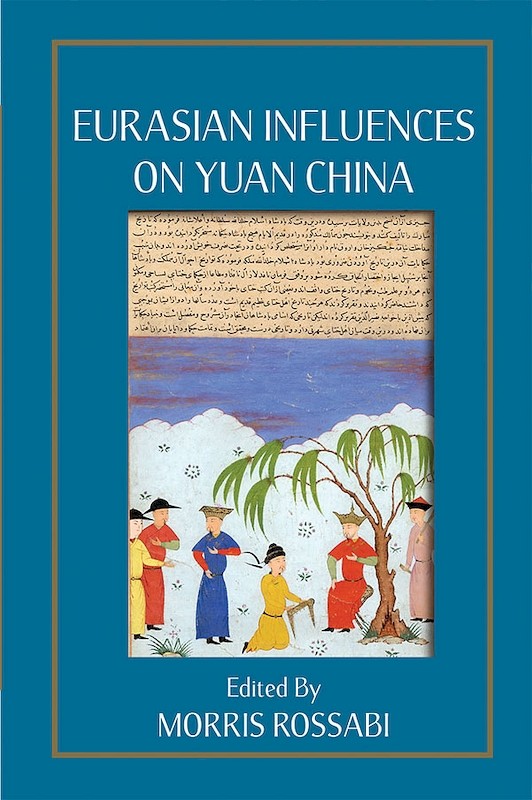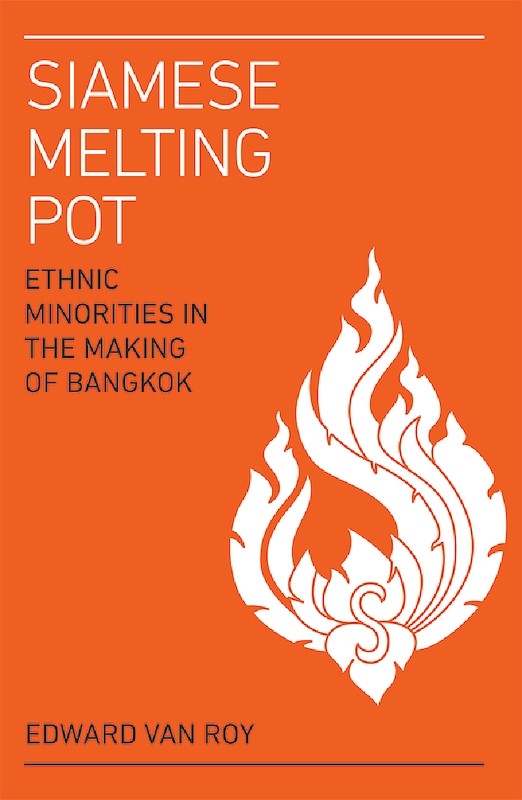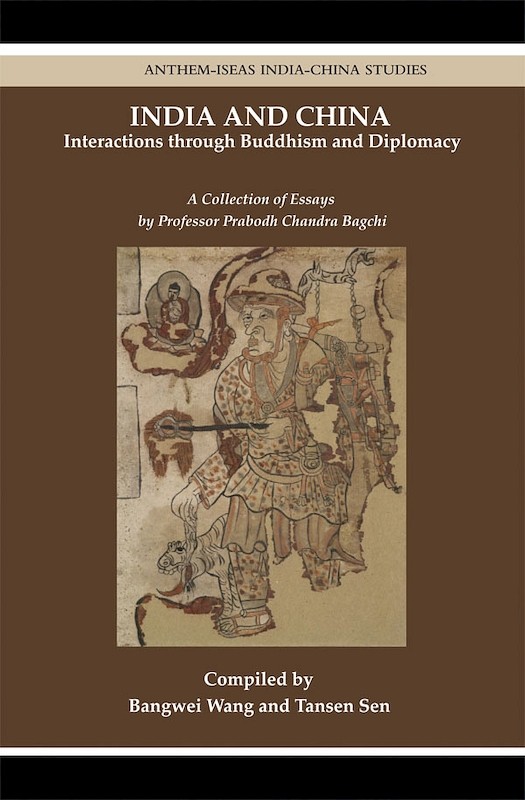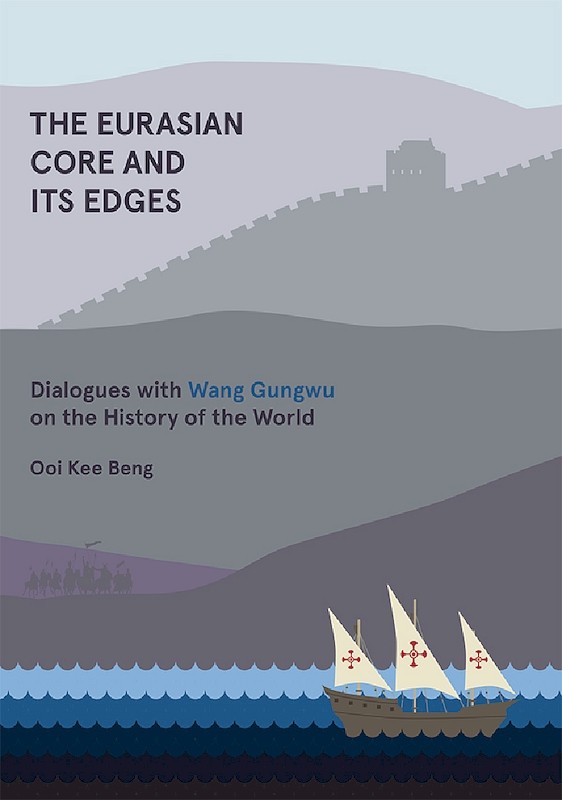Eurasian Influences on Yuan China

Morris Rossabi, editor
Date of publication:
2013
Publisher:
Institute of Southeast Asian Studies
Number of pages:
256
Code:
NSC15
Soft Cover
ISBN: 9789814459723
Reviews
"This book is very much like the curate's egg: parts of it are excellent. It is an interesting reflection of the current state of Mongol/Yuan studies. Firstly, I am pleased to note that most of the contributors have backgrounds in Chinese studies. It would be good to see more more contributions to the study of the Mongols from scholars of Chinese. As Joseph Fletcher pointed out, the Chinese sources for the history of the Mongols are 'more voluminous but less exploited' than the Persian sources. The paper on the Qipchaq by Liu Yingsheng is an important contribution to studies of the Yuan. More such studies on the various peoples who held positions of importance in the Yuan empire are needed. Rossabi is undoubtedly right to say that, despite the 'lack of lockstep agreement' among the contributors, the book will 'stimulate additional research on an understudied Chinese dynasty'. It is a very welcome addition to scholarship on the Mongols and the Yuan dynasty" (Journal of the Royal Asiatic Society).
About the publication
This book documents the extraordinarily significant transfers and cultural diffusion between the Mongol Yuan Dynasty of China and Central and West Asia, which had a broad impact on Eurasian history in the 13th and 14th centuries. The Yuan era witnessed perhaps the greatest inter-civilisational contacts in world history and has thus begun to attract the attention of both scholars and the general public. This volume offers tangible evidence of the Western and Central Asian influences, via the Mongols, on Chinese, and to a certain extent Korean, medicine, astronomy, navigation, and even foreign relations. Turkic peoples and other Muslims played particularly vital roles in such transmissions. These inter-civilisational relations led to the first precise Western knowledge of East and South Asia and stimulated Europeans to discover new routes to the East. The authors of these essays, specialists in their respective fields, shine a light on these vital exchanges, which anyone interested in the origins of global history will find fascinating.
“In this volume of wide-ranging essays, scholars from the United States, China and Europe present new insights into how the close relationship between Mongol China and Ilkhanid Persia, and the Mongol employment of Eurasians (many Muslims) of diverse origins, shaped Yuan politics, foreign trade, and culture (scientific knowledge, architecture, medicine), as well as the life of East Asia in the 13th to 14th centuries and beyond. Not surprisingly, in addressing the nature of cultural influence, and how it should or can be identified, measured, and assessed, these authors do not reach a consensus, but do shed light on issues of agency - Mongol, Chinese, and other - and in so doing offer up a wealth of fascinating detail about an era of broad interest to comparative historians of the premodern world as well as specialists on China.”
“A central aim of this volume is to stimulate scholarly interest in the Yuan Dynasty, the ‘step-sister in the study of China.’ By providing a fascinating array of articles - ranging from Muslim maritime semi-colonialism to Chinese resistance of Islamic architectural and astronomical innovation, juxtaposed with medical and cartographical exchanges from West to East, as well as the political influence of Qip?aq Turks in Beijing and neo-Confucian Uyghurs in Chos?n Korea - it has thereby succeeded admirably.”
“In this volume of wide-ranging essays, scholars from the United States, China and Europe present new insights into how the close relationship between Mongol China and Ilkhanid Persia, and the Mongol employment of Eurasians (many Muslims) of diverse origins, shaped Yuan politics, foreign trade, and culture (scientific knowledge, architecture, medicine), as well as the life of East Asia in the 13th to 14th centuries and beyond. Not surprisingly, in addressing the nature of cultural influence, and how it should or can be identified, measured, and assessed, these authors do not reach a consensus, but do shed light on issues of agency - Mongol, Chinese, and other - and in so doing offer up a wealth of fascinating detail about an era of broad interest to comparative historians of the premodern world as well as specialists on China.”
—Ruth W. Dunnell, James P. Storer Professor of Asian History, Kenyon College
“A central aim of this volume is to stimulate scholarly interest in the Yuan Dynasty, the ‘step-sister in the study of China.’ By providing a fascinating array of articles - ranging from Muslim maritime semi-colonialism to Chinese resistance of Islamic architectural and astronomical innovation, juxtaposed with medical and cartographical exchanges from West to East, as well as the political influence of Qip?aq Turks in Beijing and neo-Confucian Uyghurs in Chos?n Korea - it has thereby succeeded admirably.”
—Johan Elverskog, Altshuler University Distinguished Professor, Southern Methodist University
Contents
-
Preliminary pages
-
Eurasian Influences on Yuan China
[Whole Publication, ISBN: 9789814459730] -
1. Whose Secret Intent?, by George Lane, author
-
2. Cultural Transmission by Sea: Maritime Trade Routes in Yuan China, by John Chaffee, author
-
3. The Conflicts between Islam and Confucianism and their Influence in the Yuan Dynasty, by Ma Juan, author
-
4. Huihui Medicine and Medicinal Drugs in Yuan China, by Angela Schottenhammer, author
-
5. Eurasian Impacts on the Yuan Observatory in Haocheng, by Nancy Schatzman Steinhardt, author
-
6. Cross-Cultural Exchange and Geographic Knowledge of the World in Yuan China, by Hyunhee Park, author
-
7. Some Notes on the Geographical and Cartographical Impacts from Persia to China, by Ralph Kauz, author
-
8. From the Qipcaq Steppe to the Court in Daidu: A Study of the History of Toqtoq’s Family in Yuan China
-
9. Neo-Confucian Uyghur Semuren in Koryo and Choson Korean Society and Politics, by Michael C Brose, author
-
10. Notes on Mongol Influences on the Ming Dynasty, by Morris Rossabi, author
-
The Contributors
-
Index






